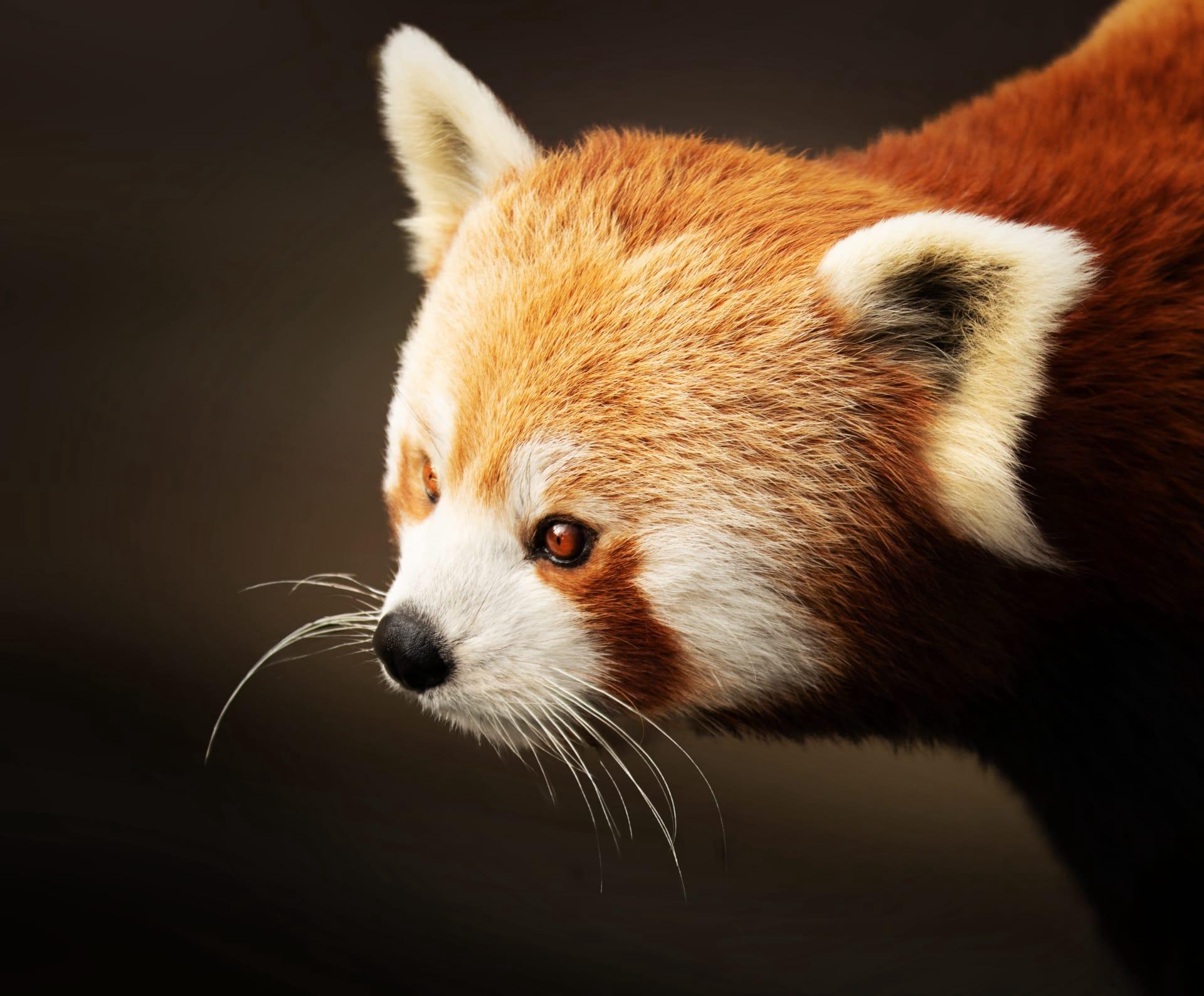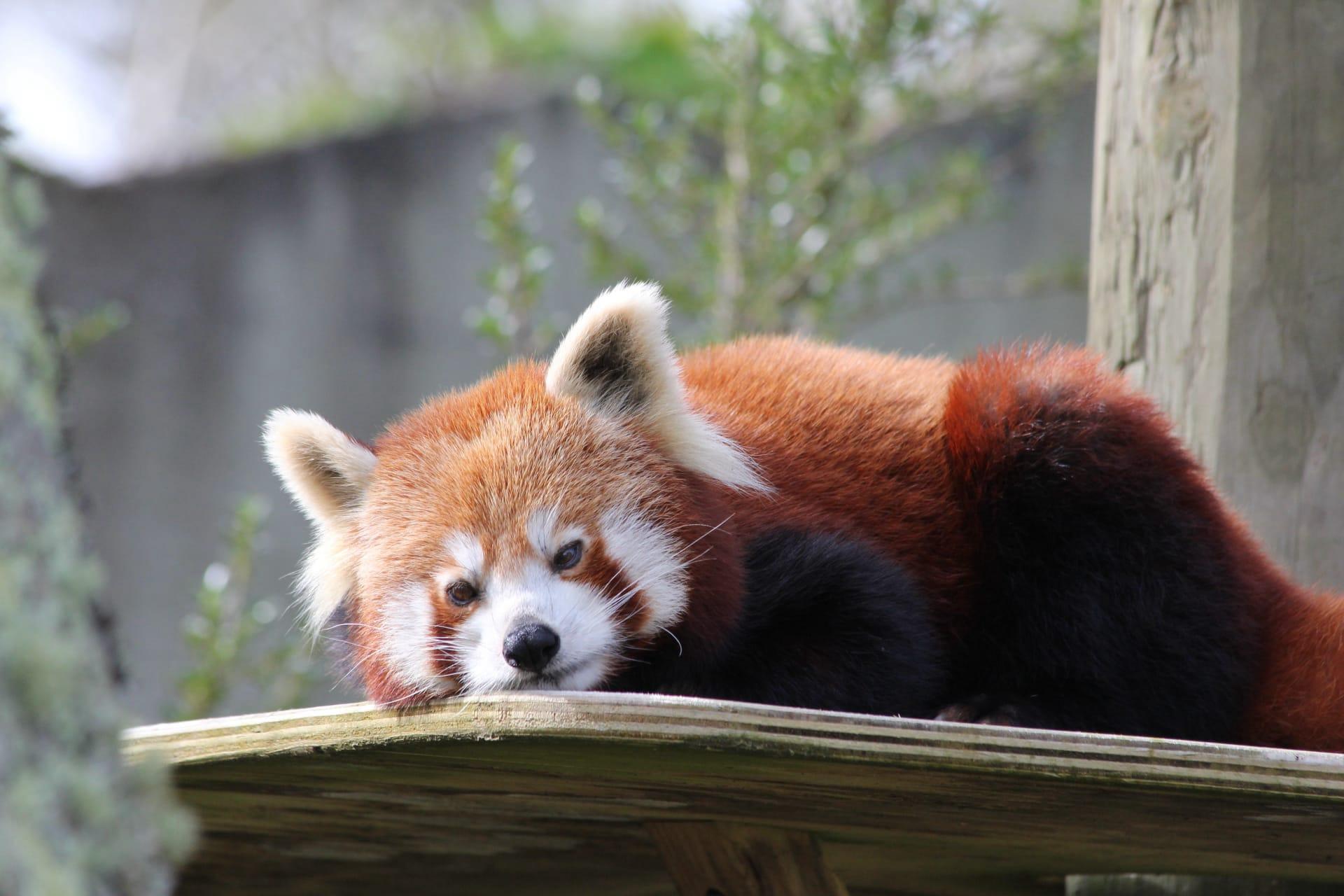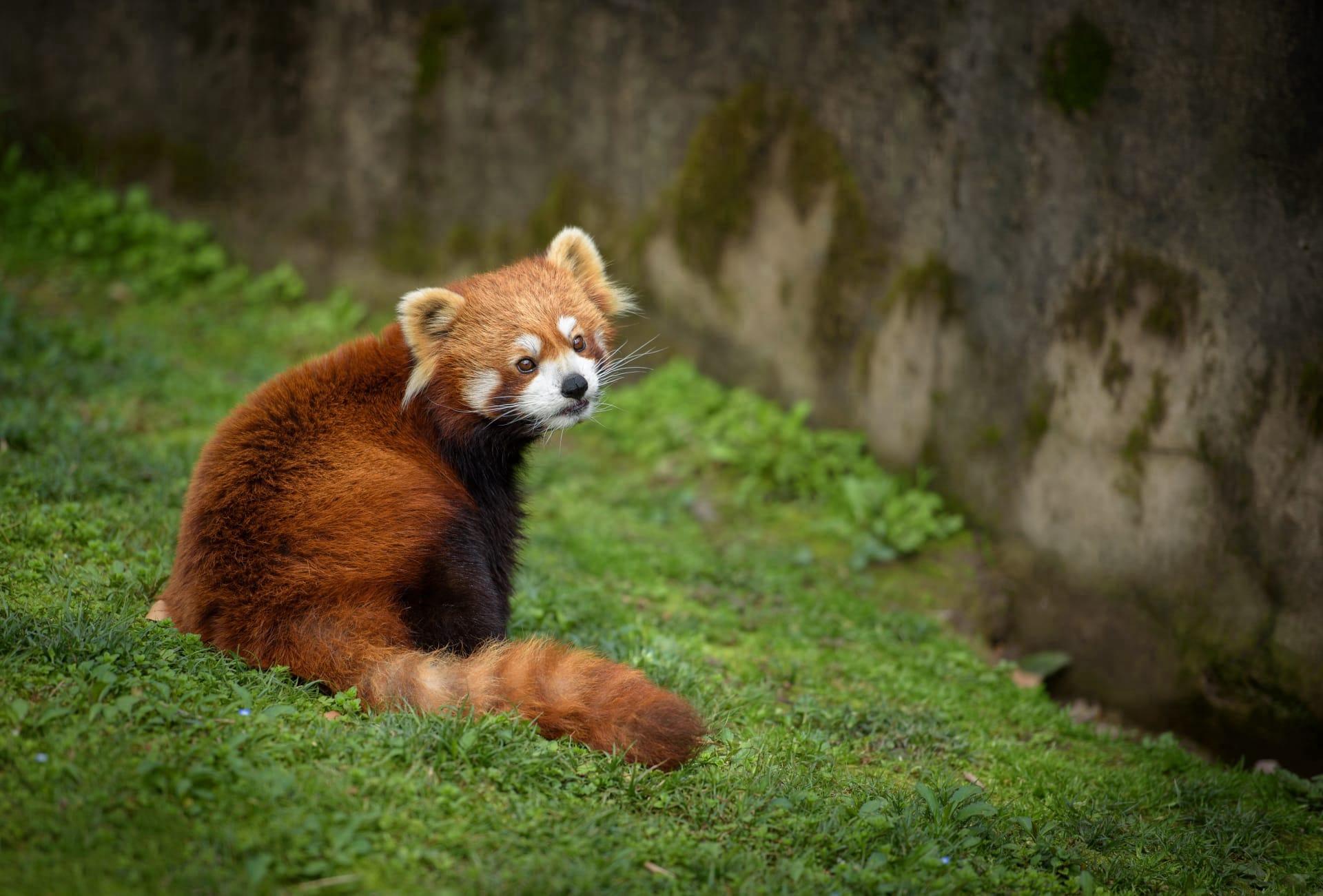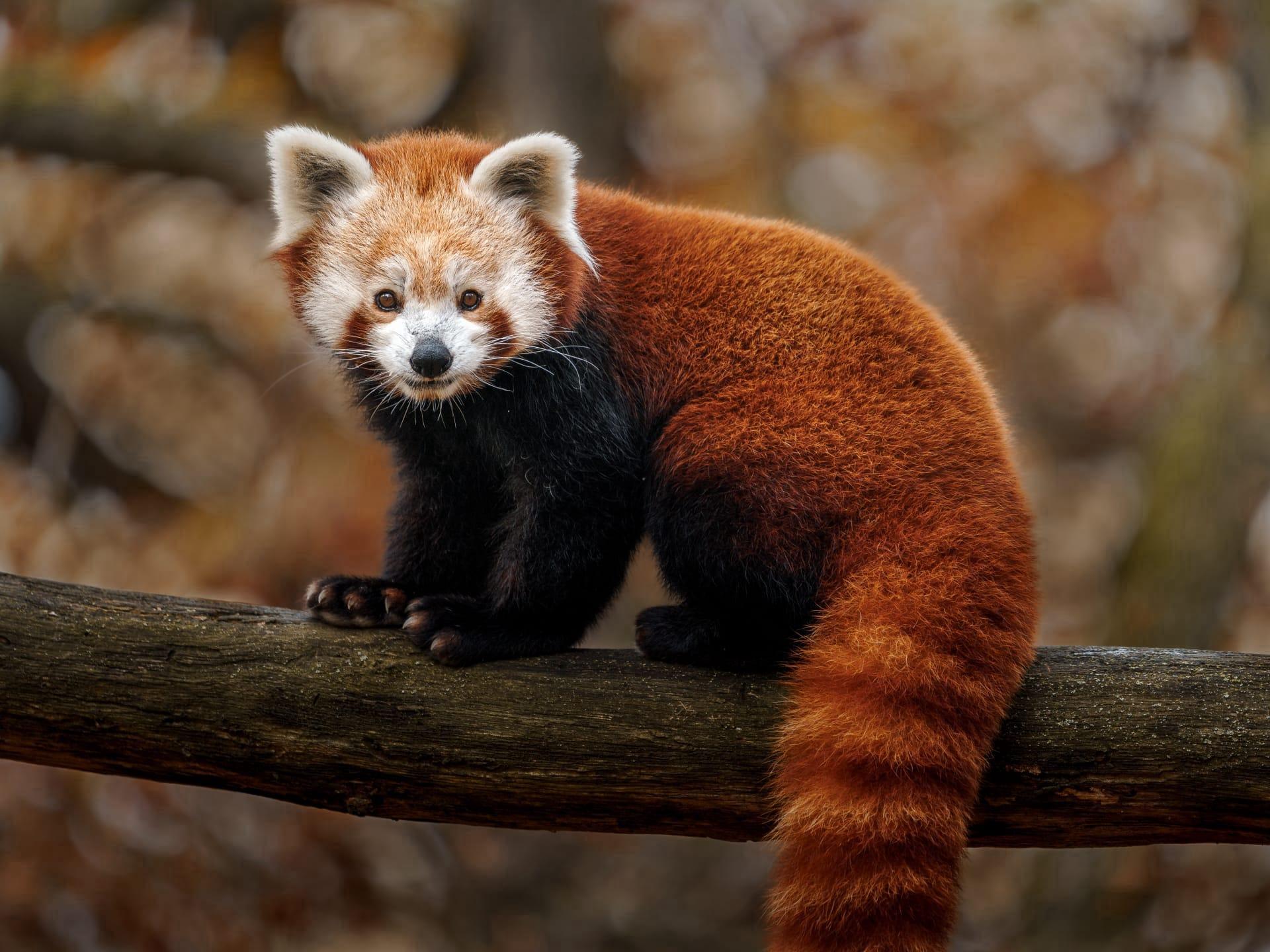Red Panda Trivia
- Home /
- Trivia Question /
- Animal /
- Red Panda Trivia
1
Question: What unique physical feature distinguishes red pandas from other animals?
Answer: Red pandas are renowned for their striking rust-colored fur and bushy, ringed tails. Their tails, measuring up to 18 inches, almost match their body length, providing balance and aiding in temperature regulation. Additionally, they have a unique adaptation: their wrist bones have evolved into a pseudo-thumb, enhancing their grip and enabling them to climb trees adeptly.
Question: How do red pandas communicate in the wild?
Answer: Red pandas are generally solitary but communicate through vocalizations and scent markings. They have a range of calls, from short, high-pitched whistles for friendly interactions to deeper, throaty sounds for threats. Their scent glands, located near the base of their tail, exude a musky odor used to mark territories and signal reproductive status.

2
Question: Are red pandas a type of panda?
Answer: Contrary to popular belief, red pandas are not a smaller version of giant pandas. They belong to their own unique family, Ailuridae. While they share the name 'panda' and a bamboo-dominated diet, their genetic lineage is distinct. They are more closely related to raccoons and weasels than to giant pandas.
Question: Do red pandas hibernate during winter?
Answer: Unlike some bear species, red pandas do not hibernate. Instead, they adapt to cold temperatures by becoming less active, conserving energy, and using their thick fur coats for insulation. Their diet also changes, relying more on small mammals and birds when bamboo becomes scarce in winter.

3
Question: What is the primary diet of red pandas, and how much do they eat daily?
Answer: Red pandas primarily feed on bamboo, consuming up to 20-30% of their body weight in bamboo daily. They prefer the young, tender leaves and shoots but will also eat fruits, insects, and small animals to supplement their diet. This high bamboo consumption is necessary due to its low nutritional content.
Question: How do red pandas impact their ecosystem?
Answer: As primarily bamboo consumers, red pandas play a crucial role in their ecosystem by maintaining bamboo forests' health. Their feeding habits help regulate bamboo growth and spread seeds through their droppings, aiding forest regeneration. They are also indicator species, reflecting the health of their Himalayan forest habitat.

4
Question: What are the primary threats to red pandas in the wild?
Answer: Red pandas face several threats, primarily habitat loss and fragmentation due to deforestation and agricultural expansion. Poaching for their unique fur and illegal pet trade also pose significant risks. Climate change impacts their bamboo food source, further threatening their survival.
Question: How long do red pandas live in the wild and in captivity?
Answer: In the wild, red pandas typically live for around 8-10 years. However, in captivity, with access to regular veterinary care and absence of predators, they can live up to 15 years. Captive breeding programs also play a role in their conservation, aiming to reintroduce them into the wild.

5
Question: How do red pandas reproduce, and what is their breeding behavior?
Answer: Red pandas are solitary except during the mating season, which occurs in early winter. Females give birth to 1-4 cubs after a gestation period of about 134 days. The cubs are born blind and helpless, relying on their mother in a secure, tree-hole nest for around 90 days before venturing out.
Question: Can red pandas swim?
Answer: While not commonly known for their swimming abilities, red pandas are capable swimmers. They can cross rivers and streams when needed, but they prefer to spend most of their time in trees. Their semi-retractable claws and strong limbs aid in climbing, which is their primary mode of mobility.